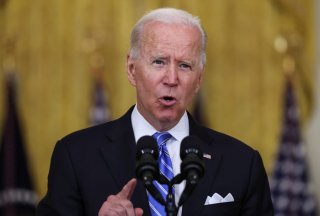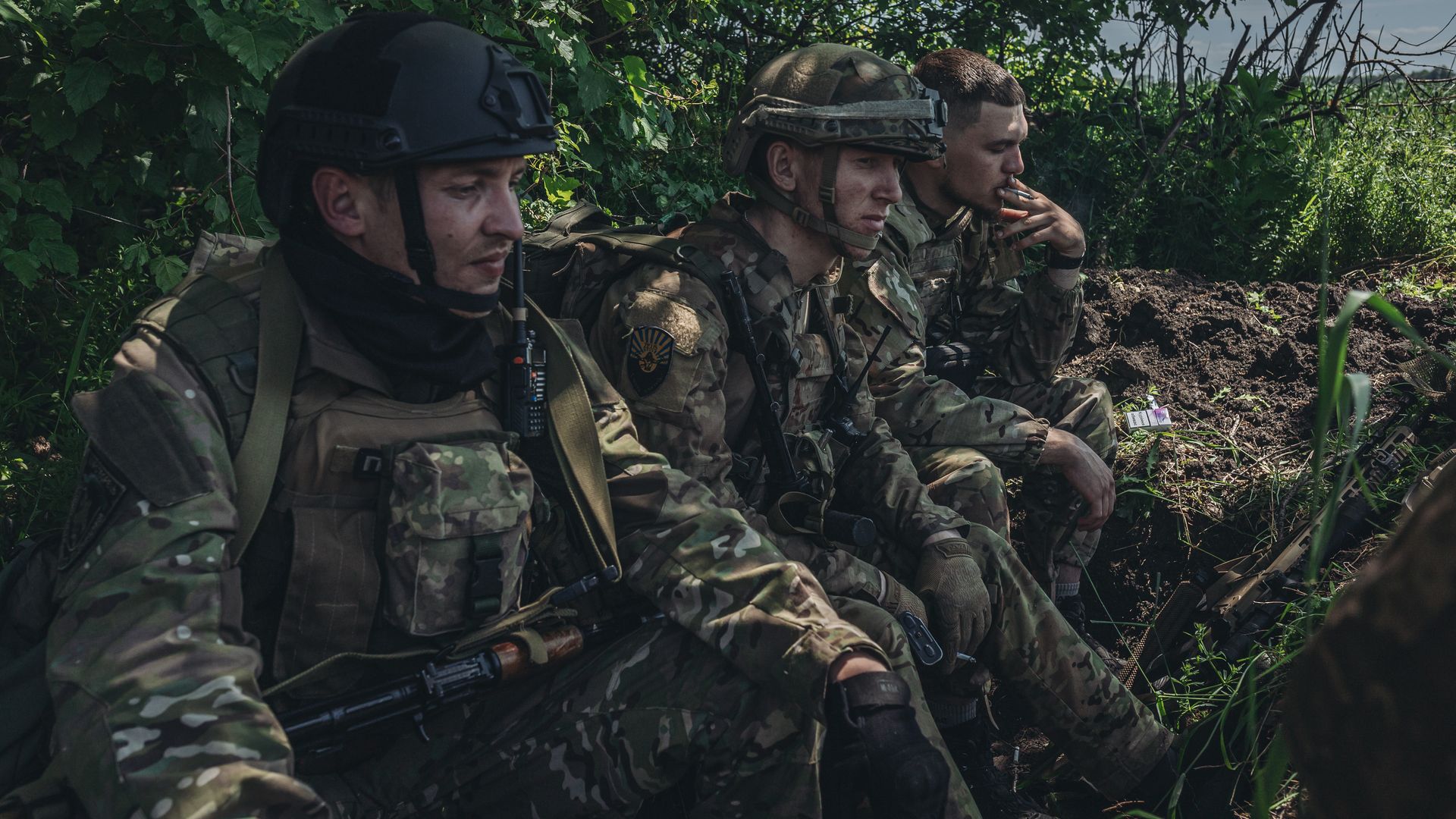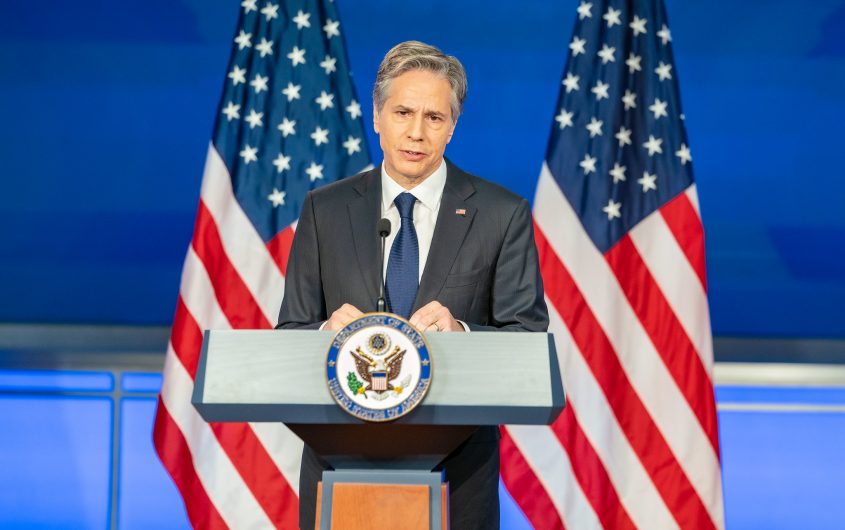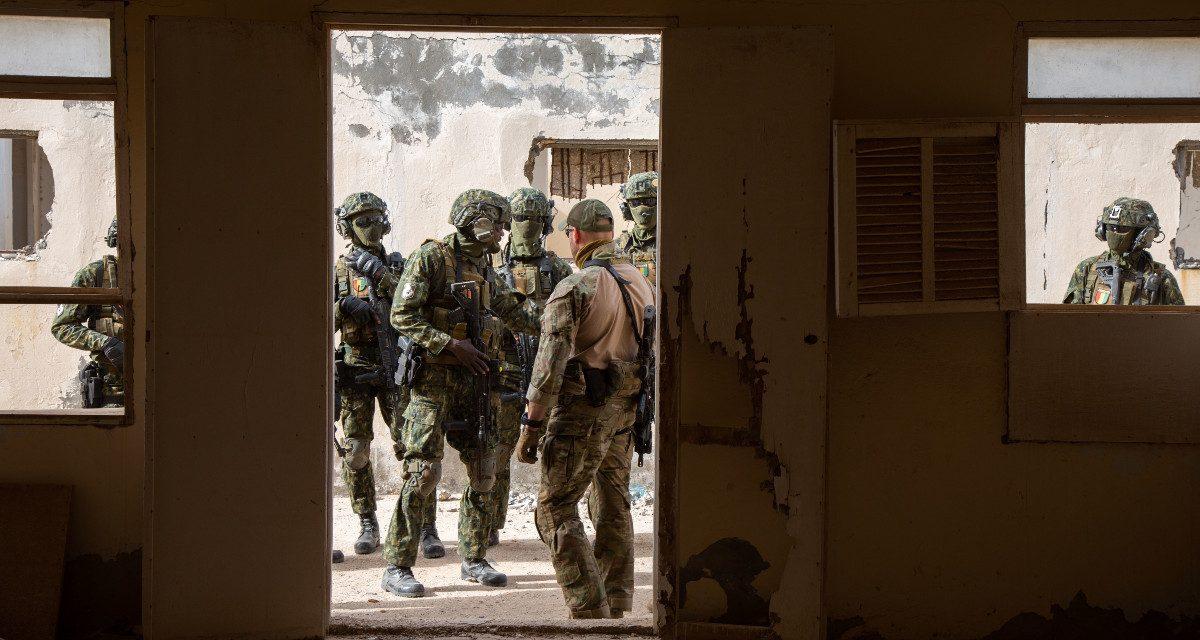It may not be a return of the “Pink Tide” of leftist governments that swept into power across South America in the early 2000s—and were largely swept out again amid a conservative backlash in the mid-2010s. But the region’s left has been showing signs of revival.
In Argentina’s October 2019 presidential election, the moderate-left Peronist candidate, Alberto Fernandez, ousted the market-friendly incumbent, Mauricio Macri, whose austerity measures and heavy borrowing triggered an economic crisis that cost him the presidency. In October 2020, Bolivia returned the Movement Toward Socialism to power in the first presidential election since Evo Morales was ousted, and last year Pedro Castillo, a far-left teacher with no previous experience as an elected official, won Peru’s presidential election. And most recently, Gabriel Boric, a former student protest leader and leftist legislator, became the youngest president in Chile’s history after taking office in March.
The conservative wave that followed the Pink Tide is far from ebbing, though. The 2018 election of Jair Bolsonaro in Brazil was a particular blow to the region’s progressives, and he has justified their fears. His administration has curbed the fight against corruption and downplayed the severity of the coronavirus pandemic, even as he has continued to denigrate the country’s Indigenous communities and undermined the country’s democratic norms. In Uruguay, conservatives took control of the government in 2019 from the leftist Broad Front coalition that had been in power for a decade and a half. More recently, conservative Guillermo Lasso won Ecuador’s presidential election in May 2021, and Argentina’s ruling Peronist government suffered a major setback in midterm elections in November of the same year.

:quality(70)/cloudfront-us-east-1.images.arcpublishing.com/mco/RSKIEIY5WVAADHBLNXSHAUXCYY.jpg)









